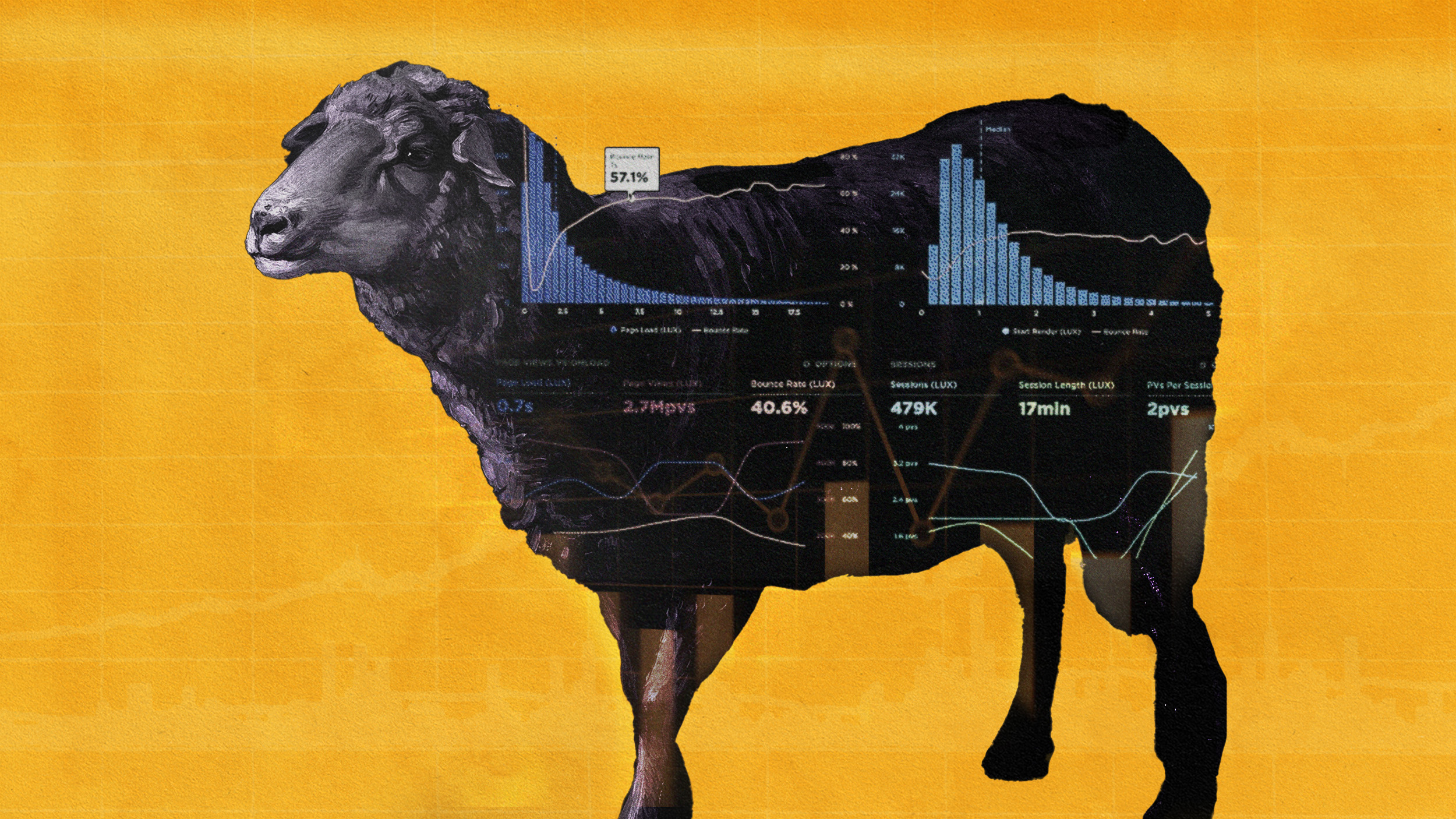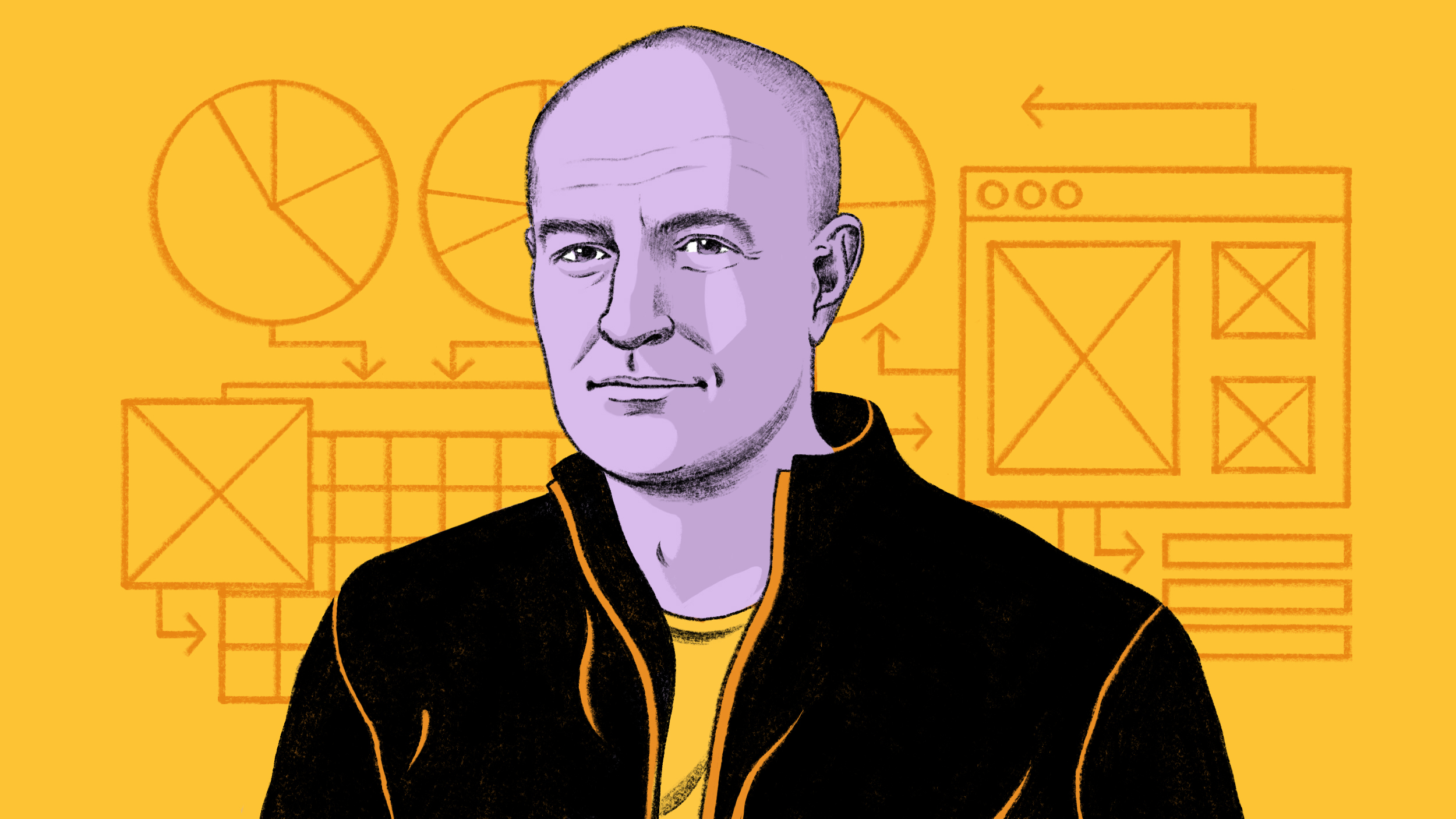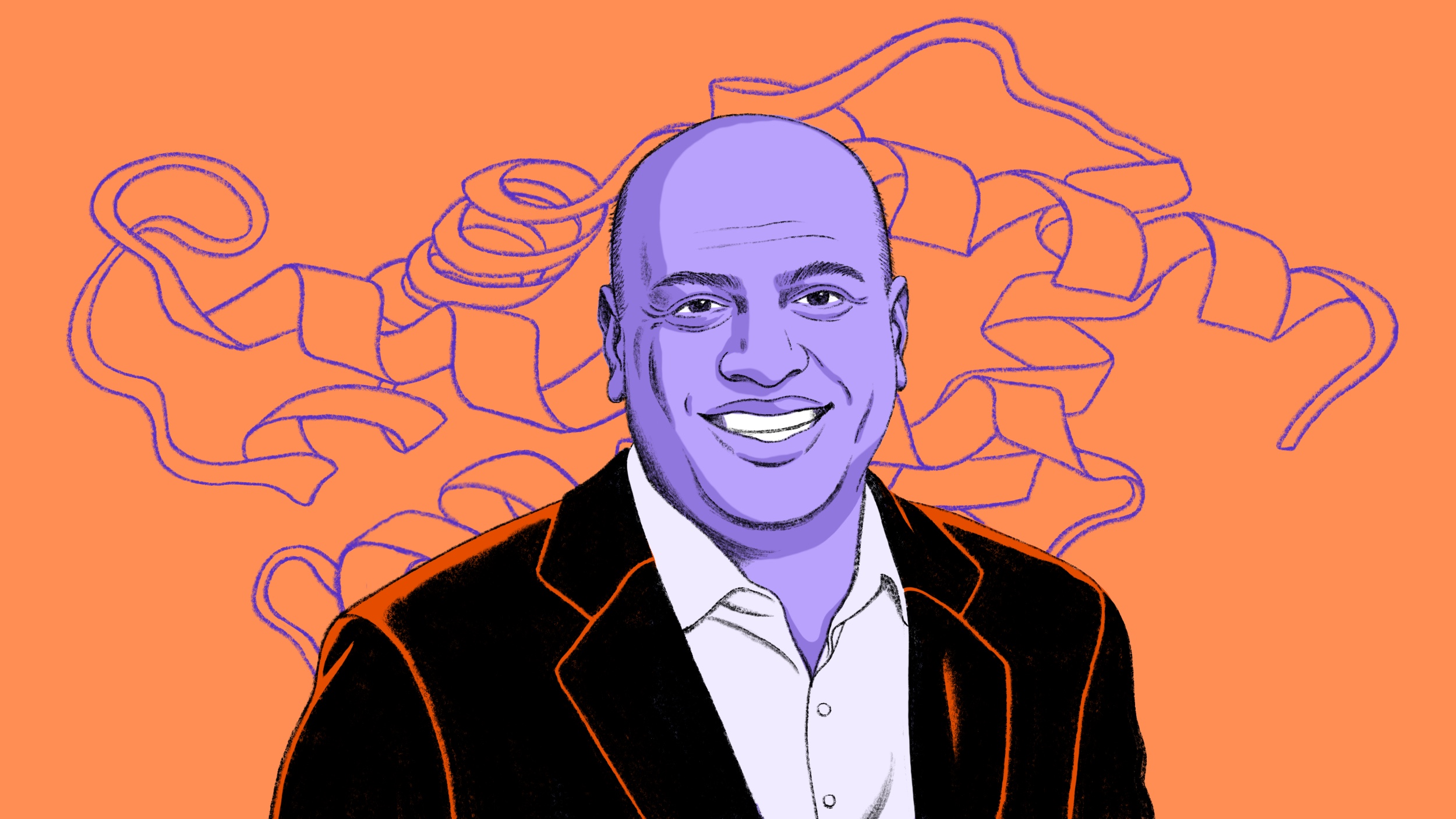Why the “stoic edge” is a hallmark of all great investors

- Successful investors have some sort of advantage or “edge.”
- Three common advantages involve information, quantitative analysis and large reserves of capital.
- The “stoic edge” is possessed by investors who manage their emotions and don’t make any common mistakes.
Every investor who has found success in the market has had some sort of advantage: an edge. Having an edge means you have something, be it information, skills, or strategies, that gives you an advantage over every other investor in the world. Let’s briefly look at four common types of advantages that successful investors have had.
1. The information edge: By researching a company and industry thoroughly, you can get a good understanding of that company’s competitive position in the market. The more information you can acquire and consume about any given company, the better investment decisions you can make. And you don’t need to rely only on investment analysis done by others. If you’re considering investing in an ice cream company, you can do your own surveys and research into the company’s products. Acquiring an information edge is harder than most people assume. You need to draw new conclusions from the information publicly available, which can take hours of analysis and requires a comprehensive understanding of investment theories. The positive is that information is freely available, which makes the information edge attainable in theory.
2. The quant edge: In the late 1960s, former math professor Edward Thorp started a hedge fund that was different from everyone else’s. Thorp used quantitative analysis to beat the market for nearly every year of his fund’s existence. The funds that use such strategies are now called “quants,” and they use complex math to make trading systems. These funds employ PhDs from all fields with one goal in mind: use math to get an advantage in the market. The mathematical skills required to a quant edge are immense, making it the least accessible edge.
3. The size edge: To the outside world, Warren Buffett is known as the most successful investor in history. To insiders and people who’ve studied his life, he’s an insurance man who invested the premiums of his customers. Buffett built his wealth through an investment vehicle called Berkshire Hathaway, a former textile company that also serves as a holding company. Among its holdings are insurance companies like GEICO, Gen Re, MedPro Group, and eleven more. Warren Buffett and Berkshire made exceptionally smart decisions with all the premiums people paid to their insurance companies. Because they had access to so much extra capital, they could buy a lot of companies outright with the cash at their disposal. You can do that only if you are a large financial player. The idea of a size edge is very simple, but it’s hard to obtain because very few people have access to enormous sums of cash.

4. The stoic edge: Personal investing is done by humans. Even if we decide to make use of AI or a robo-adviser to develop an investment strategy, we make the final calls. And human decision-making is often flawed because our emotions are at play. An investor who manages their emotions and doesn’t make any common mistakes automatically has an advantage over the investors who don’t have that ability. I call that the “stoic edge,” and all the successful investors I’ve studied possess that edge. After all, it’s impossible to stay wealthy by making too many mistakes and losing money. Unlike the information edge, the quant edge, and the size edge, the stoic edge is attainable for every investor and easily grasped.
These advantages are not mutually exclusive. An investor like Warren Buffett has multiple edges. He has an information edge because he spends an average of five hours a day reading everything from newspapers to annual reports on the companies he’s interested in. Through his reading he examines companies that most people overlook. It also happens that Buffett is the biggest investor in the world, often having more than $100 billion in cash alone. But he doesn’t have only a size and information advantage; he also has the most admirable stoic edge in the world of investing. Dozens of books are dedicated to dissecting Warren Buffett’s investing strategy and behavior. The goal of these books is to look at what makes him successful so we can copy that behavior. But what those books miss is that the average investor lacks all the advantages that Buffett has. It’s difficult to have one advantage in the market, let alone three. That’s why most people who read about successful investors don’t become wealthy in the market unless they have an edge.





